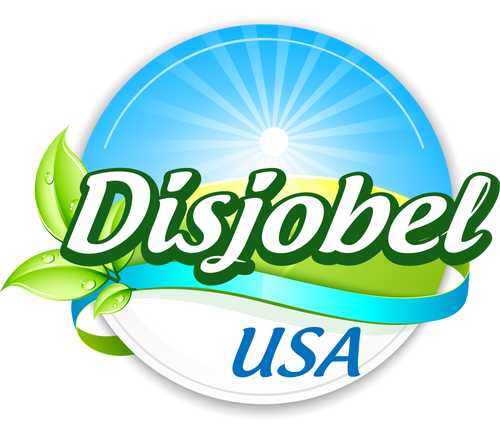Did you know that the type of yeast you use makes the difference between an ordinary bread and an extraordinary one? If you're looking to improve the taste, texture and quality of your baked goods, fresh baker's yeast is your best ally. But what makes it so special? We'll tell you below.
Fresh Baker's Yeast: Why Choose It?
Unlike its long-life versions, such as active dry yeast and instant yeast, fresh baker's yeast is a live culture with a high moisture content. This characteristic makes it the preferred choice of many professional bakers because of the benefits it brings to fermentation and the final product (Hunter, 2025).
Benefits of Fresh Yeast
To learn more about this yeast, here are some of its many benefits:
- Firstly, the superior flavor: its composition brings greater depth and complexity to the aroma and flavor of bread.
- Secondly, better texture: it allows for fluffier and more airy crumbs.
- Thirdly, the uniform fermentation: its action is more stable and predictable, ensuring good dough growth.
- Fourthly, the used by professionals: it comes in the form of compressed live yeast cells, the most common format in specialized bakeries.
Fresh yeast is the ideal choice for professional bakeries and to produce enriched doughs; for example: brioche and milk bread, where careful fermentation and flavor development are essential.
How to Store and Handle Fresh Yeast
Fresh baker's yeast is a delicate and highly perishable ingredient. It requires proper storage to retain its effectiveness and enhance its baking qualities.
Compared to dry yeast, its shelf life is shorter, and it needs specific conditions to remain in good condition.
Pay attention to the following tips for its conservation:
- First, refrigerate it at 32-39 °F (0-4 °C) in an airtight container to prevent drying out and loss of potency.
- Then, use within two weeks: unlike dry yeast, it cannot be stored for months.
- Finally, freeze it if you will not use it soon: divide it into portions and thaw it at room temperature (68-77°F / 20-25°C) before use.
Best Uses of Fresh Baker's Yeast
Fresh yeast is ideal in recipes where fermentation and flavor development are key. Some of its best applications, according to Swayampak (2024), are:
- Artisan bread: It brings a natural boost to sourdough.
- Baguettes and ciabatta: Allow an airy and delicate structure.
- Brioche and enriched doughs: support butter and sugar well without losing strength.
- Neapolitan pizza dough: provides a slow and tasty fermentation for a perfect crust.
Common Problems (And How to Solve Them)
Even the best bakers can encounter problems with fresh yeast (Tamarkin, 2023). Here are some tips on how to fix them:
- Dough not rising? The yeast may expire, or the water temperature might be too high.
- So, the ideal temperature to activate it should be 95-104°F.
- Is the yeast smell too strong? Reduce the fermentation time or lower the room temperature.
- Is the dough too sticky? It may have too much hydration. Gradually adjust the amount of flour.
Your Products, Tastier than Ever Before
If you're looking to improve your bread, fresh baker's yeast is your best ally. Although other types of yeast are more practical options, none compares to the flavor, texture, and aroma that fresh yeast provides. Just take good care of it, and it will reward you with professional bakery results.
Therefore, if you want to take your baking to the next level, visit Disjobel and explore their selection of high-quality products for professional and amateur bakers.
Referencias bibliográficas
Cazador, H. (2025, 19 de enero). Understanding yeast: the tiny but mighty bread builder. https://bakinggreatbread.blog/2025/01/19/yeast-for-baking-guide/Swayampak. (2024, 10 de noviembre). 6 Different Types of Yeast | The Super Useful Baking Agent. https://swayampaak.com/blog/different-types-of-yeast/
Tamarkin, D. (2023, 23 de marzo). Ask the bread coach: my dough isn’t rising — what now? King Arthur Baking. https://www.kingarthurbaking.com/blog/2023/03/23/ask-the-bread-coach-my-dough-isnt-rising-what-now





















